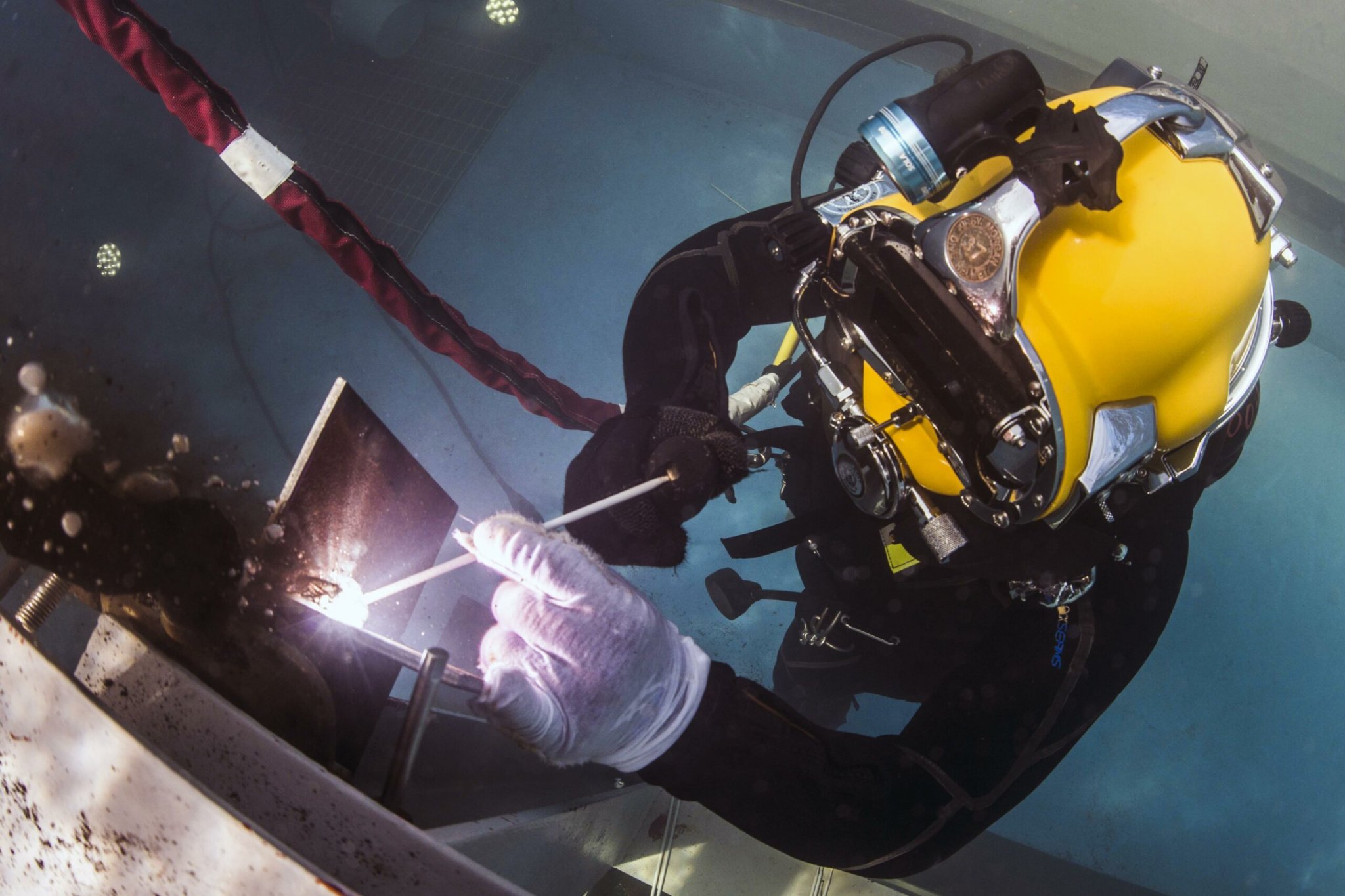

From salvaging wrecks to building aquatic infrastructure, master divers like Chief Warrant Officer James Emerson handle some of the U.S. Navy’s most complex subaqueous projects—because if something is tricky on dry land, it can be diabolical in the drink. Emerson is in charge of turning Seabees (the name comes from the abbreviation for “Construction Battalion”) into underwater experts. Out of 160 Seabee divers, only 2 to 4 percent will ultimately earn the title of “master.”





This article was originally published in the March/April 2017 issue of Popular Science.
